Painting Semele
Written by visual artist, Moira de la Hunty, whose Semele exhibition at Stala Contemporary Gallery will show concurrently with HIP Company’s Semele opera production in April 2024.
12 March, 2024.
As an oil painter, the ancient myth, Semele, provided immense inspiration upon which to base an exhibition.
This was even more exciting given the chance to collaborate with Baroque ensemble, HIP Company, as they prepare for their Australian premiere of John Eccles’ operatic setting of the same myth, using historical instruments and performance practices of the early 18th century.
Knowing the members of HIP Company intimately, I have enjoyed the process of working alongside each other in preparing for this project. We are similarly detail-oriented and enjoy immersing ourselves in careful planning and research behind our respective artforms. Many of the titles of my paintings pay homage to the opera itself.
Preparing for an exhibition involves many hours of quiet contemplation and work in the studio. During these months, I found myself often thinking about the young mortal woman, Semele, who is at first preparing for her unhappy marriage to Athamus, and then suddenly saved by her lover, Jupiter. She doesn’t truly know Jupiter, however: he is immortal, and cannot be revealed as his real self, because it would result in her death, as she is mortal. The emotions along the way are intense and gripping.
My paintings are based in traditional techniques, using layers of oil paint, and often in a tonal, figurative style. Elements could be considered to be of a modernised Baroque style of painting, in terms of their detail and subject matter.
Image of Moira de la Hunty by Partografia Photography and Film
In this exhibition, a series of silver spoon paintings suggest the preparation for the wedding but also represent Semele’s mortality. These are titled Acts I to III and demarcate different sections of the plot. Another series of still life paintings are of lilies. These appeared in Ancient Greek artwork by Minoan artists (3000 - 1100 BCE) who lived in the Cycladic islands of Greece and depicted lilies in landscape paintings and in jewellery. In later years, lilies became a symbol of purity and were used as a traditional wedding flower. Here I have used them as Semele prepares for her wedding, but their funereal connotations also create the sense of doom as it unfolds. Large skies, painted loosely, are at times joyous or foreboding. Other works suggest the death of Semele, the loss of this young woman and sense of despair and grief.
In casting a contemporary lens on the story, I invite the viewer to deeply consider Semele both in times of the Greek gods and the relevance of the story today, similarly to how HIP Company bring historical music to today’s audiences. Modern romantic relationships often develop on dating apps where physical appearance is the first thing known about a person, whereas in this story, that is the part that remains unknown. This series of paintings is inspired by human love, loss, death and despair, experienced just as much today as in ancient myths and opera.
The origin of Greek mythology was in oral storytelling, to explain natural phenomena such as thunder, skies and water. Over centuries myths have been documented and reinterpreted by artists of different genres, and it has been rewarding to create a visual interpretation of Semele alongside John Eccles’ musical interpretation and HIP Company’s performance, exploring how one might enhance the audience or viewer’s experience of the other.
Ah me! What refuge now is left me?
Moira de la Hunty, 2024 (oil on canvas, 120 x 100cm)
More information:
Moira de la Hunty’s Semele exhibition opens on 6th April, 4-6pm, at Stala Contemporary Gallery, and will be showing until 27th April.
HIP Company’s performance of John Eccles’ opera Semele, edited by Richard Platt, is on 14th April at 7pm at Leederville Town Hall, with tickets available below:
About Moira:
Moira de la Hunty is a visual artist, born in Northern Ireland, and now living and working in Western Australia. She is influenced by her background as a medical doctor and her observation of life and mortality, as well as an interest in fashion and facade. "Moira de la Hunty’s series of work … engages in a universal discourse on humanity’s impermanence and the fragility of existence.” (Paola Anselmi, Independent Curator, 2013).
Moira is an artist with an intense gaze on the world. Her paintings tell stories, with a narrative left open to interpretation. Moira enjoys portraying different moods and creates scenes which capture a moment in time, often with mystery and tension or wistful irony.
Moira is represented by Stala Contemporary art gallery.
Instagram: @moiradelahunty.




